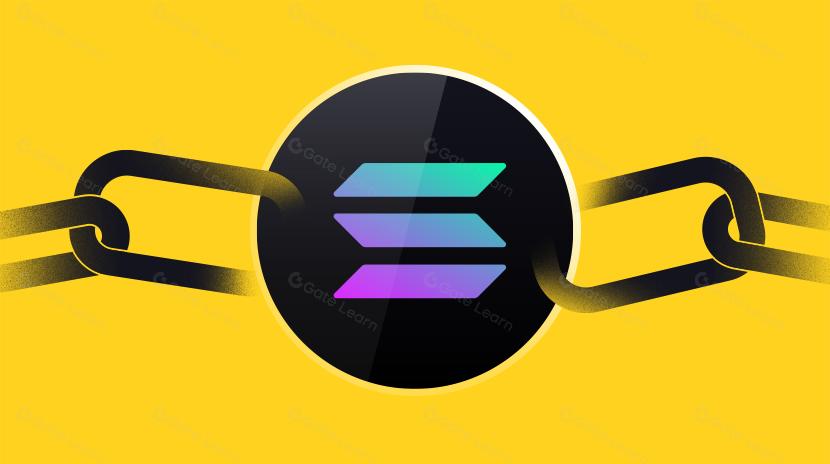That Man Is Back! This Time Raising $1 Billion
Just when it seemed that Andre Cronje had left the crypto scene, the legendary “Father of DeFi” has made a comeback.
This time, he’s launching an entirely new project—Flying Tulip. Today, the project announced a $200 million funding round and plans for a token public sale.
What sets this public sale apart is a novel mechanism: users can destroy tokens and withdraw their principal at any time. This gives participants built-in downside protection, with unlimited upside potential.
Who Is Andre Cronje?
If you were part of DeFi Summer in 2020, you’ve definitely heard his name.
Andre Cronje founded Yearn Finance (YFI)—a groundbreaking developer who sparked the DeFi revolution with pure code. YFI earned a reputation as “the fairest token” since Cronje reserved no initial allocation for himself.
After launching several viral projects and weathering community disputes and security incidents, Cronje stepped away from the spotlight in 2022. Now, with Flying Tulip, he’s back.
What Is Flying Tulip?
Editor’s note: “Flying Tulip” literally means “flying tulip.” The tulip is famously associated with financial bubbles—the 17th-century “Tulip Mania” was the earliest speculative bubble in history.
Cronje’s choice of the name Flying Tulip is both self-aware and a declaration: while crypto may resemble tulips, this time, he intends to make it truly “fly.” In other words, Flying Tulip aims to turn what once symbolized “bubble” into something stable, authentic, and dynamic through on-chain mechanisms.
According to the official documents, Flying Tulip is designed as a comprehensive on-chain financial platform, combining features familiar to crypto users—stablecoins, lending, spot trading, derivatives, options, and insurance—into a single system.
Simply put, the goal is to create a “one-stop DeFi platform” where users can:
- Deposit assets to earn yield;
- Borrow assets for leverage;
- Take long or short positions;
- Even hedge risk using on-chain insurance.
All of these functions are managed through a unified account structure, so users don’t need to switch between multiple platforms.
A Token Public Sale with Refund Capability
The most striking feature is Flying Tulip’s “Onchain Redemption Right.”
Traditionally, after joining a token public sale, user funds are locked regardless of price movement.
Flying Tulip introduces a “programmable redemption” mechanism—
Any participant can destroy their $FT tokens at any time and reclaim their principal (such as ETH).
Funds are automatically returned from a dedicated on-chain reserve pool.
This approach is similar to on-chain insurance, ensuring investors don’t lose everything while keeping the upside open.
Importantly, the team notes this is not a “guaranteed principal” or “deposit insurance”—the reserve pool is limited, and redemption depends on the pool’s available funds.
Funds Are Not Locked: Yield Drives Growth
In investor presentations, Cronje explained that although the structure seems to restrict fund usage, Flying Tulip plans to deploy these assets in on-chain yield strategies—such as Aave, Ethena, Spark, and other major DeFi protocols.
The target is an estimated 4% annual yield.
If the fundraising cap reaches $1 billion, that would generate roughly $40 million in annual interest income.
The yield will be used for:
- Protocol incentives;
- $FT token buybacks;
- Supporting ecosystem growth and marketing.
Cronje describes the model in investor materials: “We use recurring yields to drive growth and incentives, provide permanent downside protection via put options, and preserve unlimited upside for the token—creating a self-reinforcing growth flywheel.”
No Team Allocation
Another key point: the Flying Tulip team receives no initial token allocation.
All team revenue comes from genuine project yield, used for market buybacks of $FT tokens and released according to the public plan.
In other words, the team earns rewards only when the protocol generates returns and attracts real users.
This puts the team and investors on the same side—the more successful the project, the greater the team’s earnings.
High-Profile Investors, $1 Billion Fundraising Target
Flying Tulip has already raised $200 million in private funding from:
- Brevan Howard Digital
- CoinFund
- DWF Labs
- FalconX
- Hypersphere
- Nascent
- Republic Digital
- Susquehanna Crypto, among others.
Next, the team will launch public sales across multiple chains, aiming for a total of $1 billion in fundraising.
Summary
Flying Tulip’s arrival brings back memories of the 2020 era—when “code changed finance.”
This time, Andre Cronje is focused not only on innovation, but also on making DeFi more trustworthy and sustainable. After DeFi’s shakeout and trust crisis, Cronje’s return may mark more than a developer’s comeback—it could be the signal for a new DeFi cycle.
Statement:
- This article is reproduced from [BitpushNews] and copyright belongs to the original author [Bootly]. If you have any concerns regarding the reproduction, please contact the Gate Learn team, who will promptly address them in accordance with relevant procedures.
- Disclaimer: The opinions and views expressed are solely those of the author and do not constitute investment advice.
- Other language versions are translated by the Gate Learn team. Unless Gate is mentioned, copying, distribution, or plagiarism of the translated article is strictly prohibited.
Related Articles

The Future of Cross-Chain Bridges: Full-Chain Interoperability Becomes Inevitable, Liquidity Bridges Will Decline

Solana Need L2s And Appchains?

Sui: How are users leveraging its speed, security, & scalability?

Navigating the Zero Knowledge Landscape

What is Tronscan and How Can You Use it in 2025?
